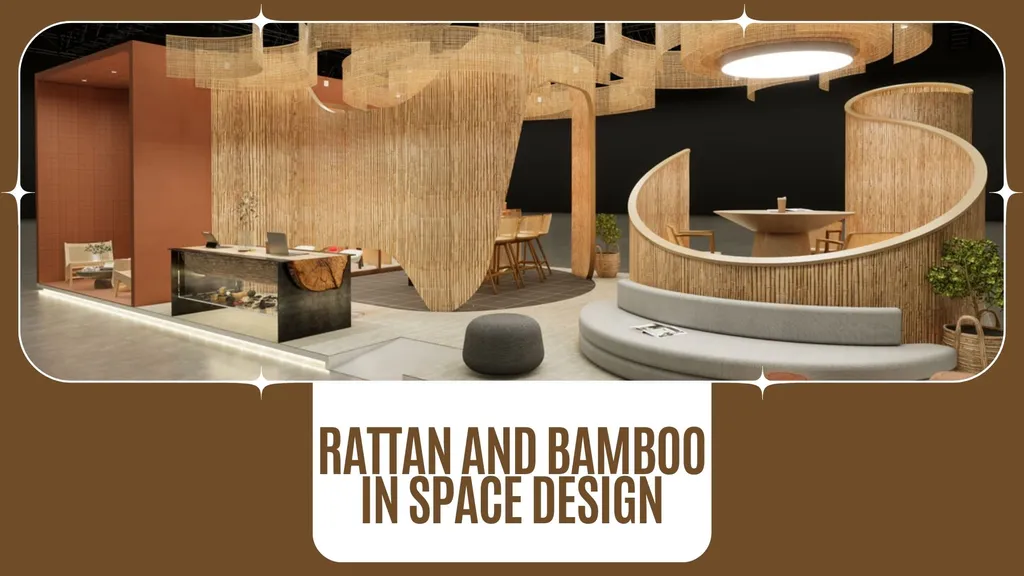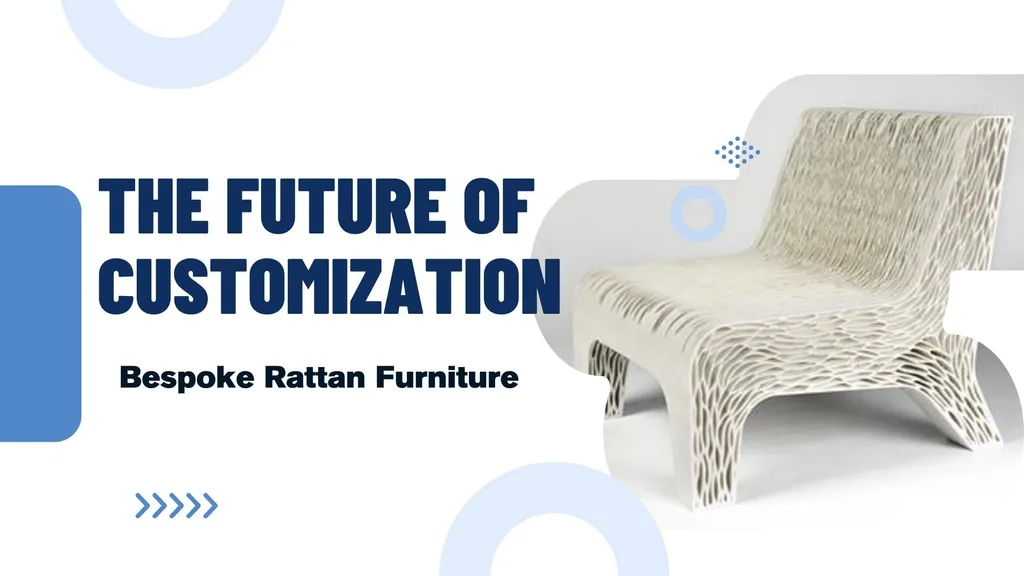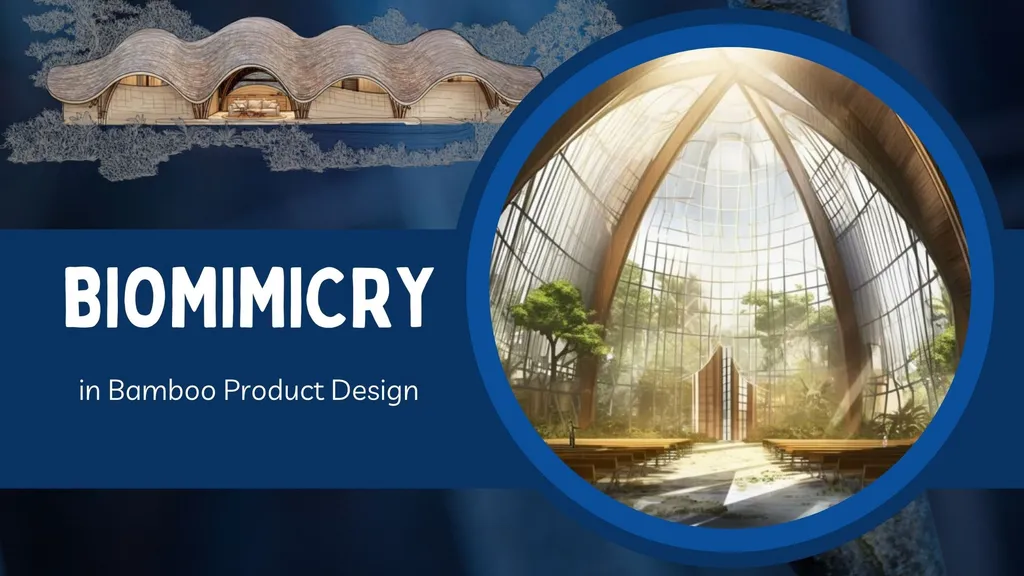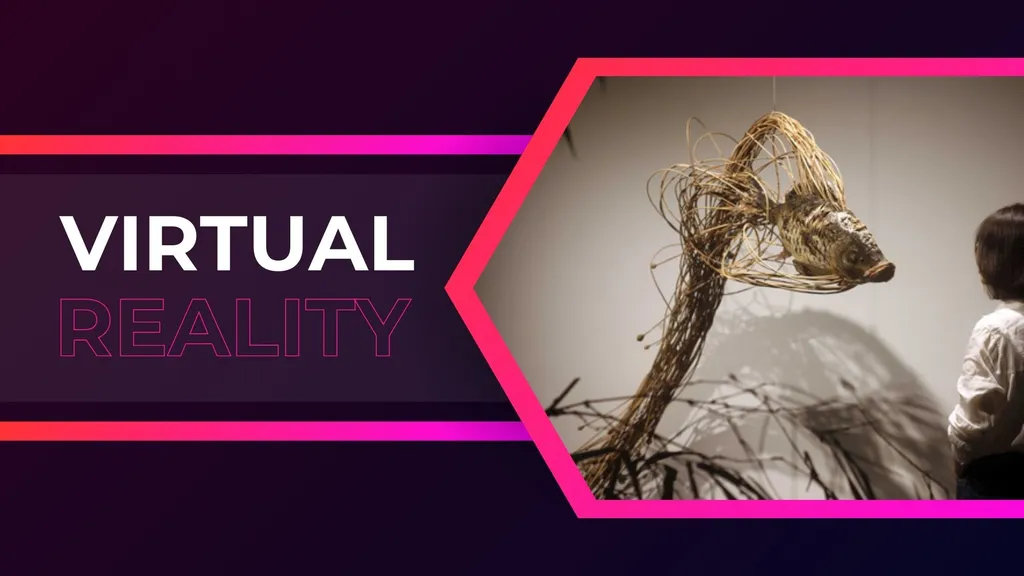
Rattan and bamboo, timeless symbols of nature’s ingenuity, are transforming space design with their sustainability and versatility. As the world embraces eco-conscious living, these materials shine for their aesthetic appeal and environmental benefits. From rapid renewability to carbon sequestration, rattan and bamboo offer innovative solutions for architects and designers aiming to create sustainable, elegant spaces. This blog explores their unique characteristics, applications, and potential to shape the future of design.
Why Rattan and Bamboo?
Rattan and bamboo stand out as sustainable materials due to their rapid growth, minimal resource needs, and durability. Unlike hardwoods, which take decades to mature, bamboo reaches maturity in 3–5 years, while rattan, a flexible climbing palm, regenerates quickly in tropical ecosystems. Both are biodegradable, leaving no lasting environmental footprint, and bamboo’s exceptional carbon sequestration—absorbing up to 40% more CO2 than hardwood trees—makes it a powerful ally against climate change. Their strength, flexibility, and natural beauty make them ideal for sustainable design.
Environmental and Economic Benefits
Carbon Sequestration
Bamboo and rattan act as natural carbon sinks, absorbing significant amounts of CO2. Bamboo, for instance, can sequester 30–121 Mg CO2 per hectare annually, far surpassing many trees. Rattan, when integrated into agroforestry, enhances carbon storage in tropical ecosystems. Using these materials in construction locks carbon within structures, reducing reliance on high-emission materials like steel or concrete.
Ecosystem Restoration
Cultivating rattan and bamboo promotes soil health and prevents erosion through their robust root systems. They thrive on degraded lands, supporting biodiversity and reducing deforestation by serving as alternatives to timber. This aligns with global efforts to conserve natural forests.
Economic Impact
These materials are cost-effective due to their rapid growth and minimal processing needs. Bamboo’s quick maturation (4–7 years) lowers production costs, while rattan’s accessibility supports rural economies. Their cultivation and trade create jobs, fostering sustainable livelihoods in communities worldwide. The bamboo market, valued at $70.59 billion in 2023, is projected to grow to $75.12 billion in 2024, reflecting rising demand for eco-friendly materials.
Applications in Space Design
Bamboo in Construction
Bamboo’s high strength-to-weight ratio, rivaling steel, makes it ideal for structural frameworks. Its flexibility allows architects to design resilient, organic forms, as seen in structures like the Luum Temple in Tulum, Mexico. Bamboo composites, blending fibers with resins, enhance durability for prefab elements, reducing construction’s carbon footprint.
Rattan in Interior Design
Rattan’s flexibility and warm aesthetic make it a favorite for biophilic design. Its intricate weaving creates unique furniture and decor, blending seamlessly with modern, rustic, or tropical styles. Combined with materials like metal or glass, rattan adds texture and sophistication to indoor and outdoor spaces, offering durability in diverse climates.
Comparing Rattan and Bamboo
Strength and Durability
Bamboo’s rigidity suits structural applications like flooring and beams, with pest and moisture resistance when treated. Rattan’s flexible strength excels in intricate furniture designs, resisting wear in varied environments. Both are renewable, minimizing environmental impact compared to traditional materials.
Aesthetic Versatility
Bamboo’s clean lines complement minimalist and modern interiors, with finishes ranging from caramel to blonde hues. Rattan’s woven textures evoke warmth, ideal for bohemian or tropical aesthetics. Together, they create balanced, nature-inspired spaces that blend elegance and sustainability.
Challenges and Future Perspectives
Challenges
Overharvesting rattan risks ecosystem depletion, requiring regulated practices to ensure sustainability. Bamboo’s material variability and lack of global standards can complicate structural applications, while cultural biases toward conventional materials like steel hinder adoption. Addressing these requires improved processing, standardization, and education on their benefits.
Future Innovations
Advancements like thermal treatments and bamboo composites enhance durability and versatility. Digital tools, such as CNC machining and lifecycle analysis, optimize their use, minimizing waste. As sustainability drives design, rattan and bamboo are poised to lead with innovative applications in architecture and interiors.
Rattan and bamboo are more than materials—they’re sustainable solutions redefining space design. Their environmental benefits, economic viability, and aesthetic versatility make them ideal for eco-conscious architecture. As technology advances, these materials will continue to shape innovative, harmonious spaces. For premium, sustainably crafted rattan and bamboo products, explore the offerings of Ethical Handicraft Manufacturer (EHM) at handicraftmanufacturer.com, where tradition meets sustainability.




